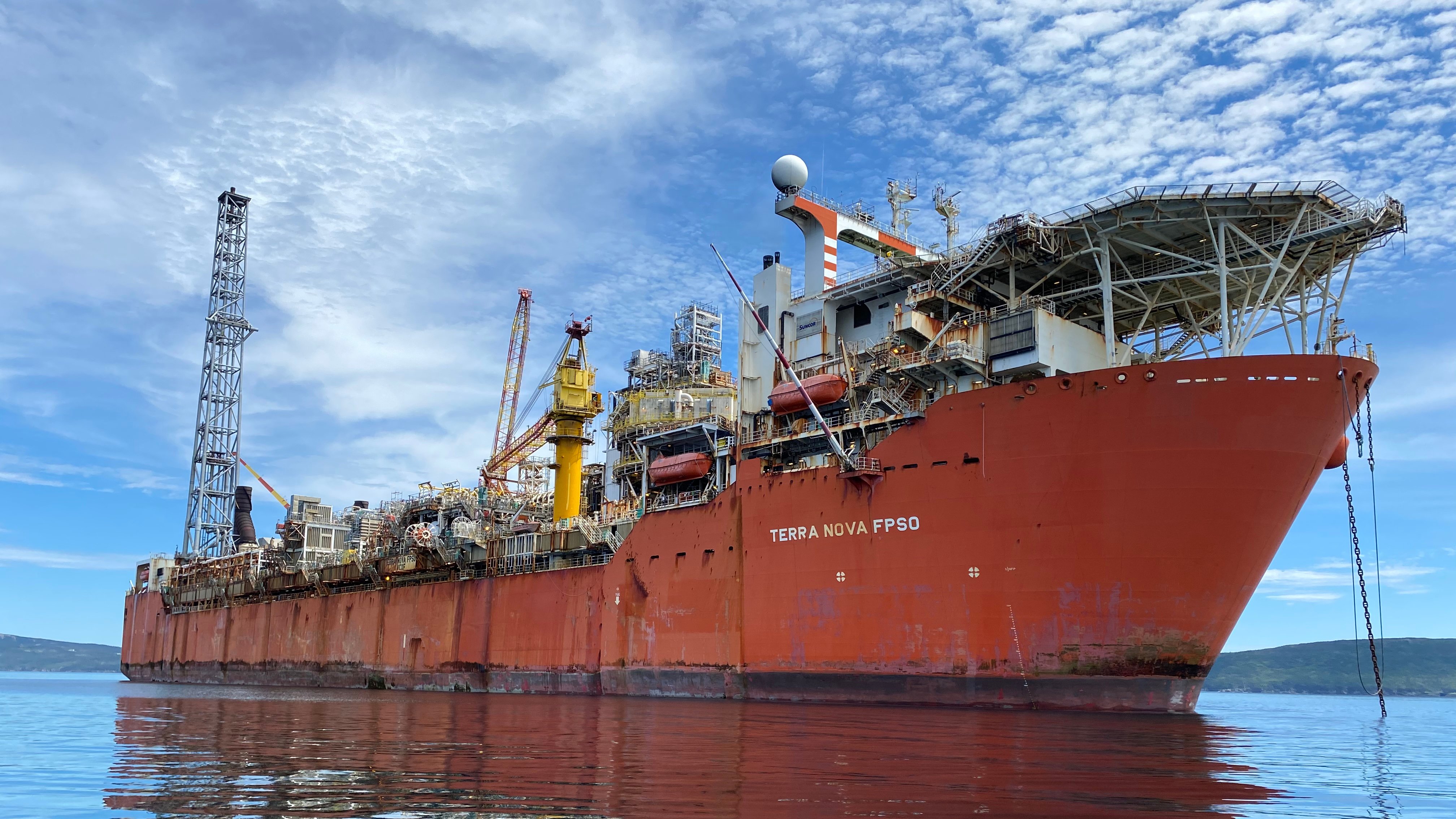Three approaches to risk management
One approach is Energy measurement. It’s the culmination of tracking and measuring what’s going in versus what’s coming out of your vessel. Teams can better understand what’s going on with their vessel, identifying opportunities for improvement. Onboard staff and even onshore workers can get the varying types of process information they need to make better decisions.
Another approach is Carbon capture and storage. Getting detailed and accurate emissions data can be complicated at times, but an advanced emissions-management solution is the key. Using AI, advanced analytics and physical property modeling, carbon accounting can be improved while also allowing staff to make changes to reduce a vessel’s emissions and energy usage as well as initiate predictive maintenance strategies.
Lastly, there’s Throughput. Having a throughput optimization tool on your vessel can provide much greater insights into process operation. Prediction of emissions can also help staff make changes, like address cycle times and operate closer to control limits to improve results.
These three approaches cannot entirely eliminate the risks from FPSO operations, but by helping to monitor and control vessel operations, they can drastically reduce the threat of containment loss and optimize safety.
Four core elements of digitalization
No matter if you are planning for the production of a new vessel, or updating an existing one, there are four key aspects of digitalization to keep in mind.
The first two are good data and a digital Infrastructure. These go hand in hand; without a robust and flexible infrastructure, you can’t reliably access good data. Good data is dependent on using smart instruments to track vessel operations, and allows operators to monitor, report and optimize data while also having it be timely and accurate. Turning to digital infrastructure, this allows your data to flow freely across vessel systems. Advanced analytics and remote activity allow for staff to monitor data no matter where they’re located. This digital infrastructure must be flexible as it has to keep up when technology evolves as it will during the expected 20-year plus life of a vessel. This required flexibility will be supported by standards like Module Type Package (MTP) standard, which will help operators lower implementation and upgrade costs while improving interoperability among OEM equipment and helping drive towards sustainability goals.
The second two elements are the right workflows and training and actions. In this age of digital applications, it’s important to make sure that data is reaching the right people while also being relevant, and designing workflows to coexist with technology helps ensure the data can be used. The generation entering the workforce now, and in the future, will be open to the use of digital technologies, but change management will be required to help seasoned workers manage and see the value in the approach. Training is also vital to the success of a vessel. Staff must know what to do with the data they are receiving and how to act on it. Designing training programs with these aspects in mind will benefit vessel workers and future sustainability efforts.
One other item that can’t be overlooked is cybersecurity. This must be done ‘by design’ and factored in during the conceptual phase of every newly built or upgraded vessel and in line with accepted global standards and best practices.
Balance is key
One common question asked in regard to digital sustainability is “How will we achieve sustainability without risking productivity?”.
The answer to this is a connected vessel strategy, which allows both to be achieved. As we know, a connected vessel allows for all data and aspects of a vessel to be connected, allowing workers to access information anywhere and anytime. Advanced analytics and AI applications can also allow workers to diagnose problems ahead of time and predict when maintenance or replacements will be needed. This maximizes equipment uptime and reduces the risk of containment loss.
Lastly, staff numbers onboard the vessel can be reduced. Subject matter experts and vessel workers can access richer data from anywhere, allowing for the possibility of reduced exposure to safety incidents, lowered CO2 emissions, and other decreased operating expenses.
VADP: Vessel Automation and Digitalization partner
Sustainability starts in the design phase of vessel construction. Generally, vessel production focuses on the short term, not the long term. This makes sustainability efforts harder to achieve, and more costly in the long run. A VADP is a new approach that can help mitigate these challenges by focusing on having a digital partner throughout the life of the vessel. This holistic approach can maximize production and meet sustainability goals simultaneously.
Learn more about a Vessel Automation and Digitalization partner in this webinar.
Will you be ready for the future?
Meeting sustainability goals while maximizing production is no easy feat. It will be difficult and challenging in the years to come as aggressive sustainability and decarbonization goals are set. However, digital technologies provide a future-proof foundation on which newer technologies can be integrated to provide more sustainable and cost-effective outcomes across the life of a vessel.
Take a look around our connected vessel to learn more about some of these digital technologies.


